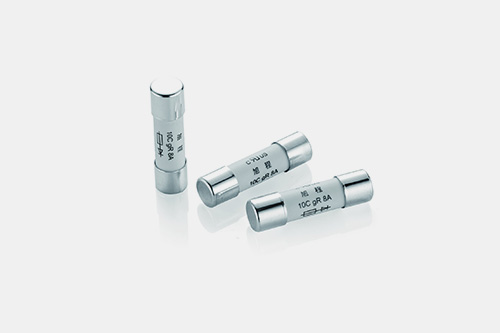
The installation of current fuses is crucial for ensuring the safety and proper functioning of electrical circuits. Here are some important installation precautions to keep in mind.
First and foremost, make sure to select the right fuse for the specific application. Consider the current rating, voltage rating, and interrupting capacity of the fuse. Choosing an incorrect fuse can lead to overheating, failure to protect the circuit, or even pose a safety hazard.
Before installing the fuse, ensure that the power is turned off to the circuit. This will prevent any accidental electrical shocks or damage to the fuse during installation. Use appropriate tools and follow proper electrical safety procedures when working with live circuits.
When installing the fuse, make sure it is inserted correctly into the fuse holder. Ensure a tight and secure fit to ensure proper electrical contact. Loose or improperly installed fuses can cause arcing, overheating, and potential fire hazards.
Check the fuse holder and surrounding components for any signs of damage or wear. Damaged fuse holders can affect the performance of the fuse and may not provide proper protection. Replace any damaged components before installing the fuse.
After installation, regularly inspect the fuse for any signs of overheating, discoloration, or damage. If a fuse blows frequently, it may indicate an underlying problem in the circuit that needs to be addressed. Do not replace a blown fuse with one of a higher rating without determining the cause of the problem.
proper installation of current fuses is essential for the safety and reliability of electrical circuits. By following these installation precautions, you can ensure that your fuses function properly and protect your electrical equipment from damage.
Read recommendations:
fast acting fuse vs time delay
where is the battery fuse located
A Brief Discussion on the Future Development of Recoverable Fuses